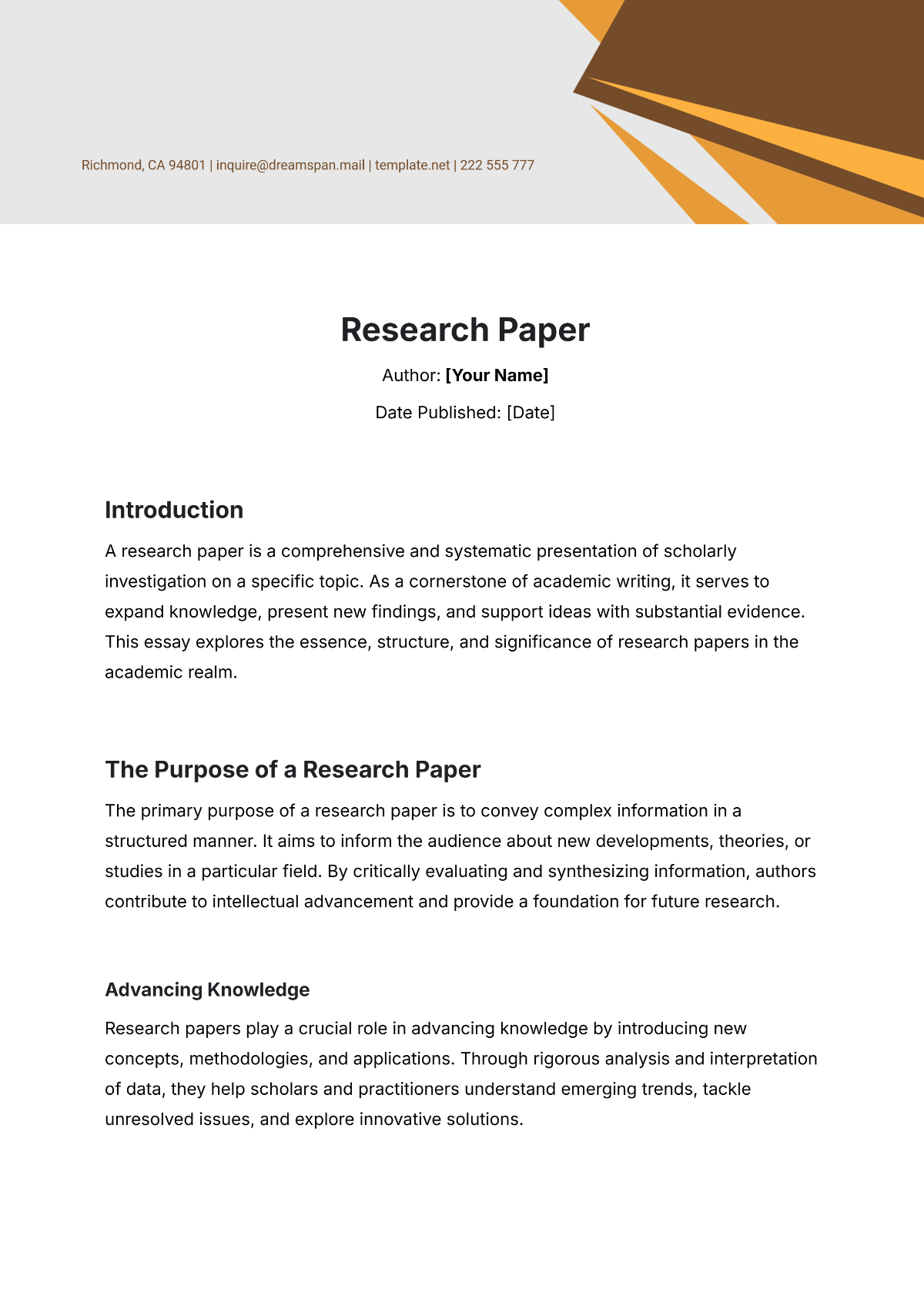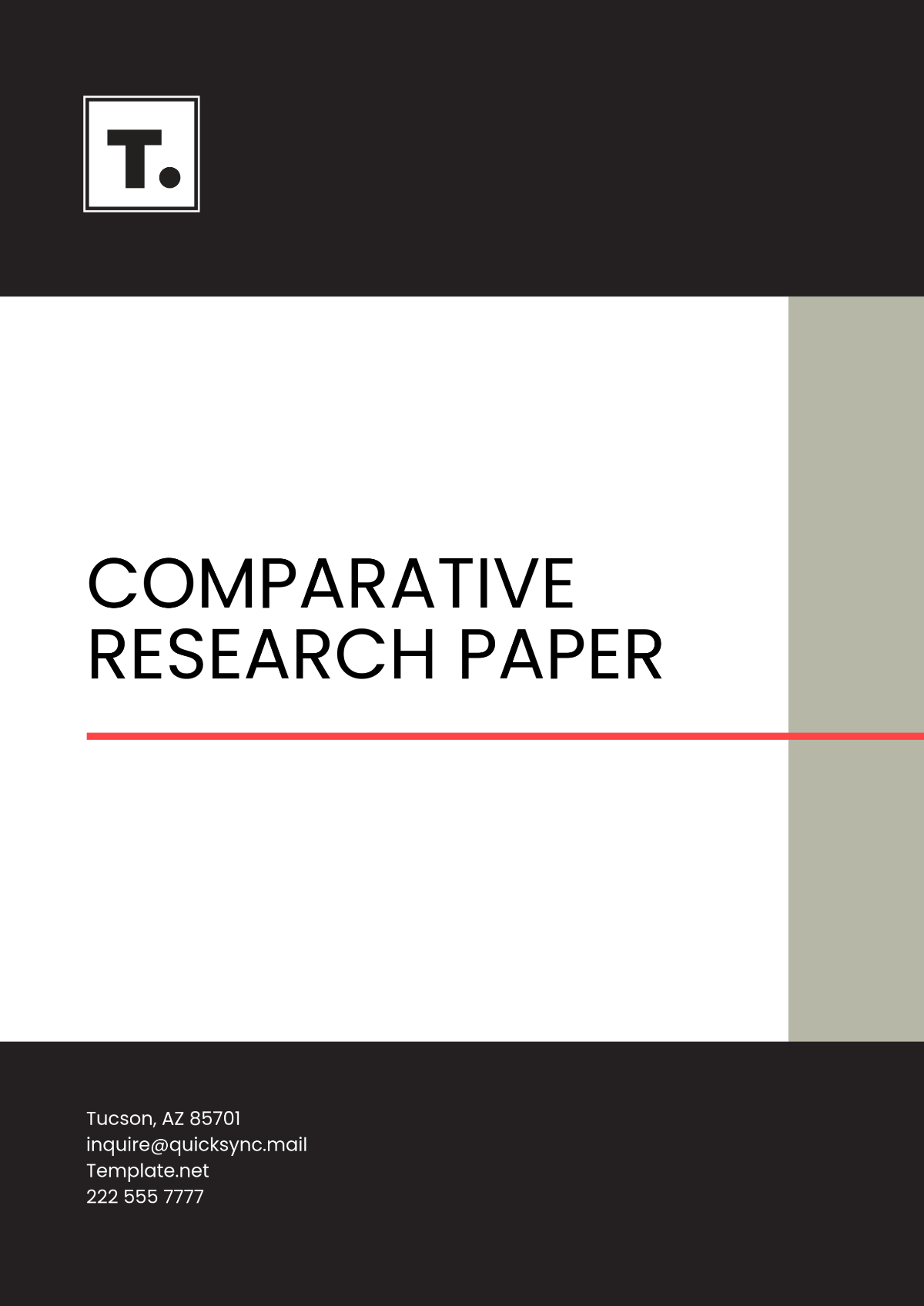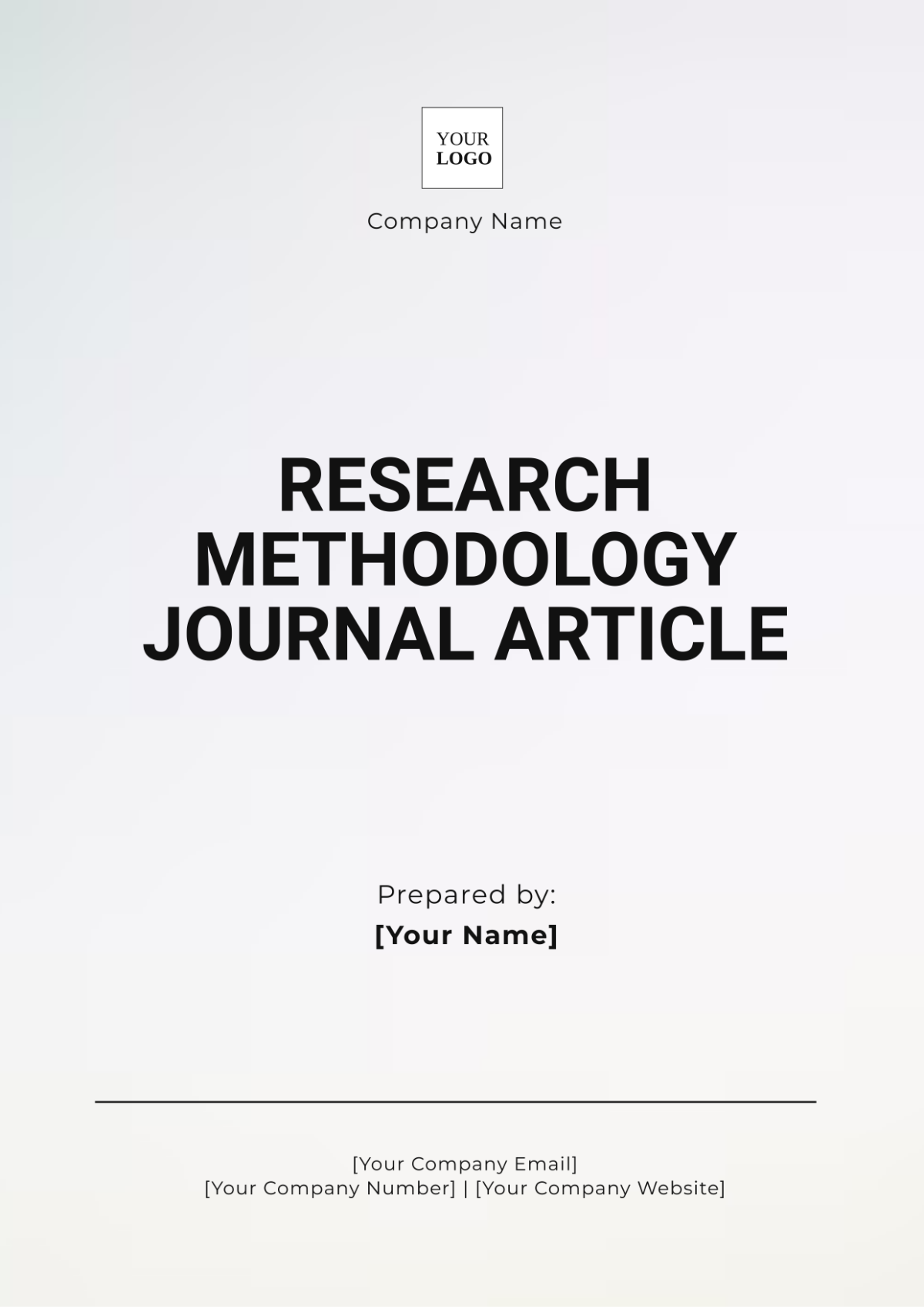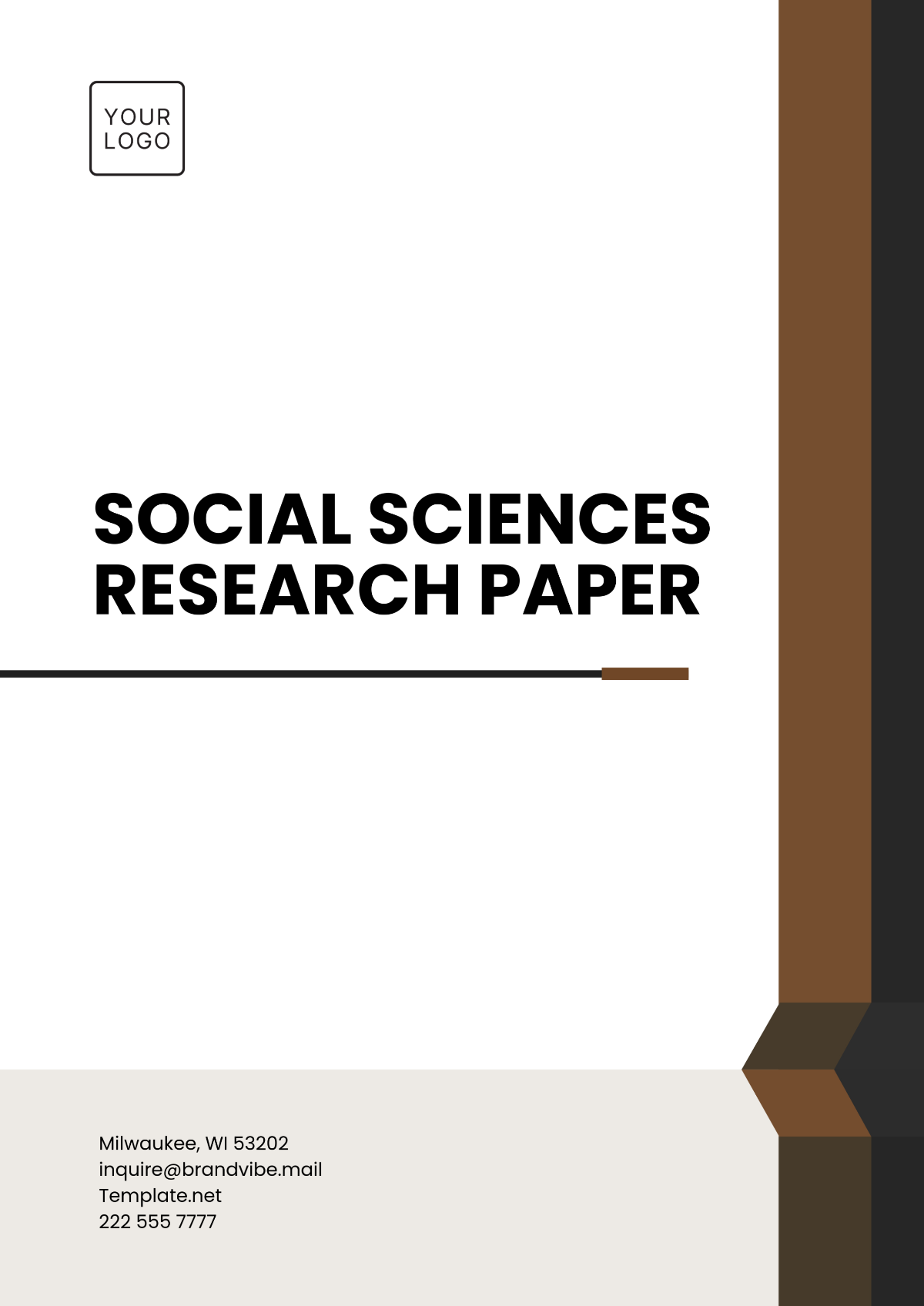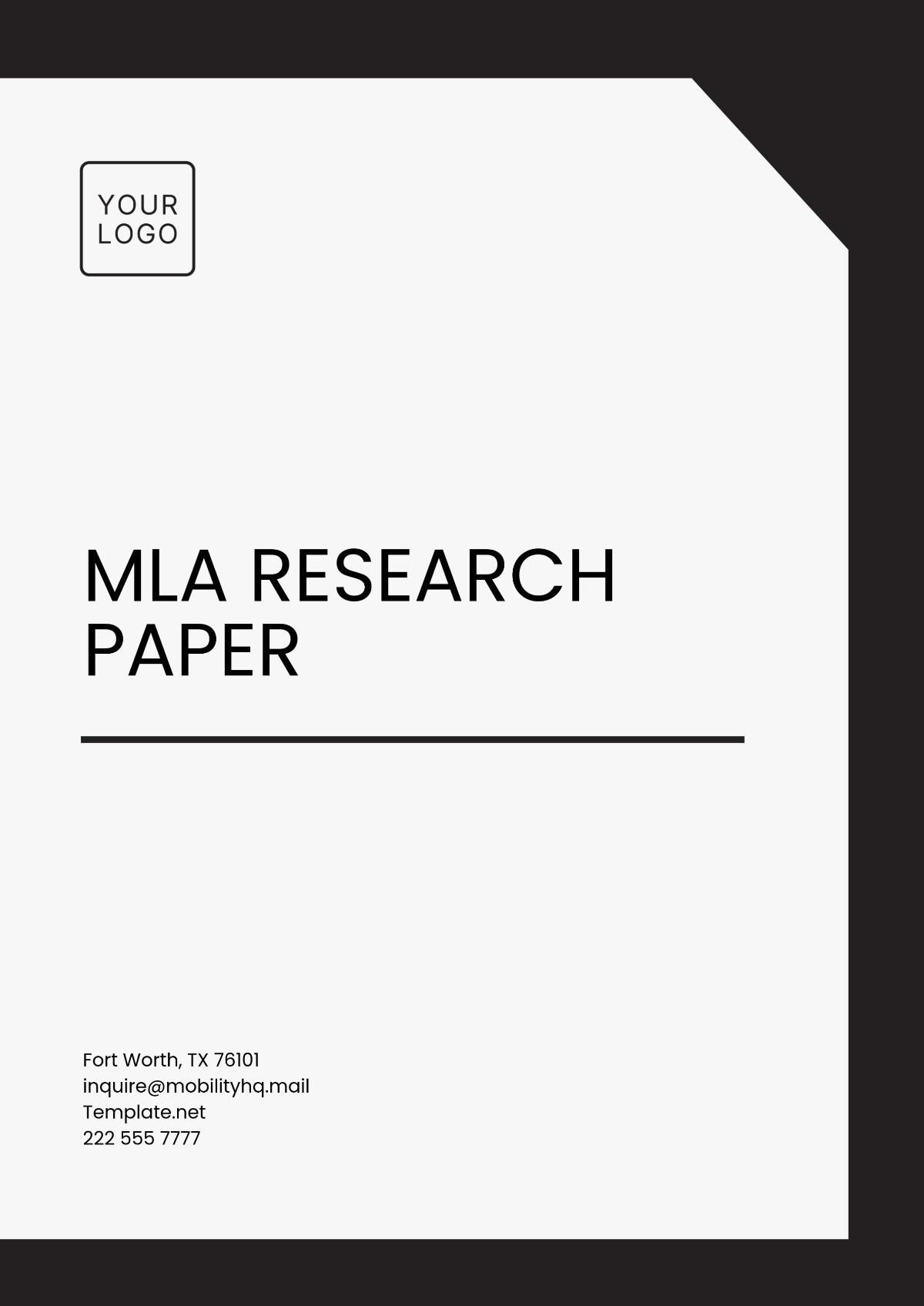Comparative Study Descriptive Research
I. Introduction
Comparative study research is a fundamental methodological approach used in the social sciences and humanities. It entails the systematic examination and comparison of data from different groups or phenomena to uncover patterns, distinctions, and similarities. This method is pivotal in understanding various issues, such as educational practices, health outcomes, and social behaviors across diverse demographics.
II. Definition and Purpose
Comparative study descriptive research focuses on describing the features or characteristics of different subjects and comparing them within various contexts. The primary objective of this research method is to gain a comprehensive understanding of the factors influencing specific conditions or behaviors and to identify areas for improvement or further investigation. By examining and contrasting different entities, researchers can provide insights that inform practices, policies, and theoretical frameworks.
III. Types of Comparative Descriptive Research
Cross-sectional studies examine different groups at a single point in time, providing a snapshot of the variables of interest and allowing for comparisons across groups.
Longitudinal Studies: Track the same group over an extended period, capturing changes and developments over time and offering insights into trends and long-term outcomes.
Cohort Studies: Focus on specific sub-groups within a population that share a common characteristic, enabling comparisons based on that shared feature.
Case-control studies compare participants with a specific condition to those without the condition, facilitating the identification of factors associated with the condition.
IV. Methodology
The methodology for conducting comparative study descriptive research involves several critical steps:
Define the Research Question and Objectives: Clearly articulate the research goals and the questions to be answered through the study.
Select the Groups or Phenomena to be Compared: Choose the subjects or phenomena that will be analyzed and compared based on the research objectives.
Determine the Variables and Criteria for Comparison: Identify the key variables and criteria that will be used to compare the groups or phenomena.
Collect Data: Gather data through various methods, such as surveys, observations, interviews, or existing records.
Analyze the Data: Utilize statistical tools and comparative metrics to examine the data and identify significant patterns or differences.
Interpret the Findings: Draw conclusions based on the analysis and make recommendations for further research or practical applications.
V. Data Collection Techniques
Data collection in comparative descriptive research can employ several methods:
Surveys and Questionnaires: are structured tools to collect quantitative data from a large number of respondents.
Structured and Unstructured Interviews: Qualitative methods to gain in-depth insights from participants.
Direct Observations: Recording behaviors or phenomena in their natural settings.
Document and Record Analysis: Reviewing existing documents and records for relevant information.
VI. Data Analysis Methods
Data analysis in comparative descriptive research typically involves both qualitative and quantitative techniques.
Descriptive Statistics: Calculating measures such as mean, median, mode, and standard deviation to summarize data.
Comparative Metrics: Using statistical tests like t-tests, chi-square tests, and ANOVA to compare groups and identify significant differences.
Content Analysis: Conducting thematic and narrative analysis to interpret qualitative data.
Software Tools: Employing statistical and qualitative analysis software such as SPSS, R, and NVivo.
VII. Applications
Comparative study and descriptive research have diverse applications, including:
Education: Evaluating and comparing instructional methods and student performance across different schools or educational systems.
Healthcare: Assessing health outcomes and treatment effectiveness among various demographic groups or health interventions.
Public Policy: Analyzing the impact of policies and programs across different populations or time periods.
Sociology: Investigating social behaviors, trends, and cultural differences across different societal groups.
VIII. Challenges
Comparative study descriptive research faces several challenges:
Data Reliability: Ensuring the accuracy and consistency of data collected from various sources.
Bias: Minimizing researcher and participant bias in data collection, analysis, and interpretation.
Generalizability: Ensuring that findings are applicable to broader populations beyond the specific groups studied.
Ethical Concerns: Upholding ethical standards in data collection, participant confidentiality, and dissemination of research findings.
IX. Conclusion
Comparative study-descriptive research is a versatile and valuable methodological approach that provides critical insights into various societal phenomena. By systematically comparing different groups or conditions, researchers can identify important patterns, inform policy and practice, and contribute to the advancement of knowledge across multiple disciplines.
X. References
American Psychological Association. (2050). Publication Manual of the American Psychological Association (7th ed.).
Creswell, J. W., & Creswell, J. D. (2058). Research Design: Qualitative, Quantitative, and Mixed Methods Approaches (5th ed.). Sage Publications.
Miles, M. B., Huberman, A. M., & Saldaña, J. (2054). Qualitative Data Analysis: A Methods Sourcebook (3rd ed.). Sage Publications.
Yin, R. K. (2058). Case Study Research and Applications: Design and Methods (6th ed.). Sage Publications.
